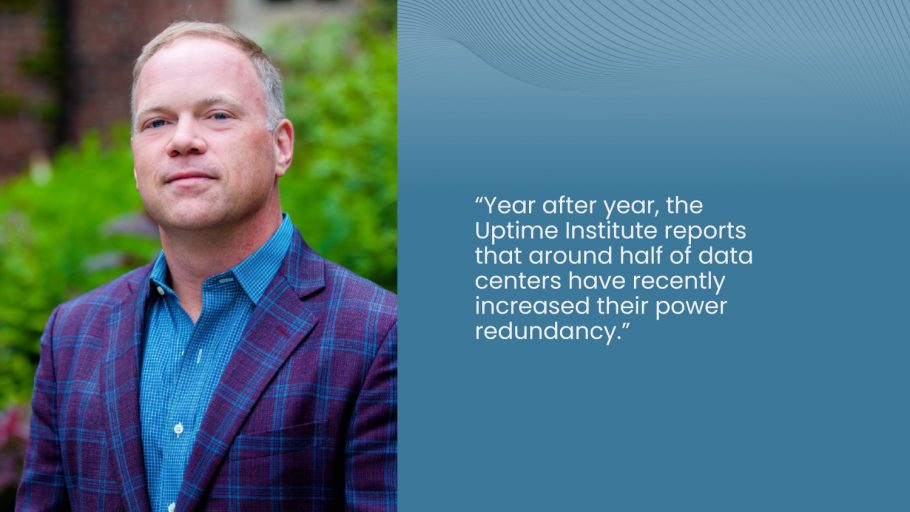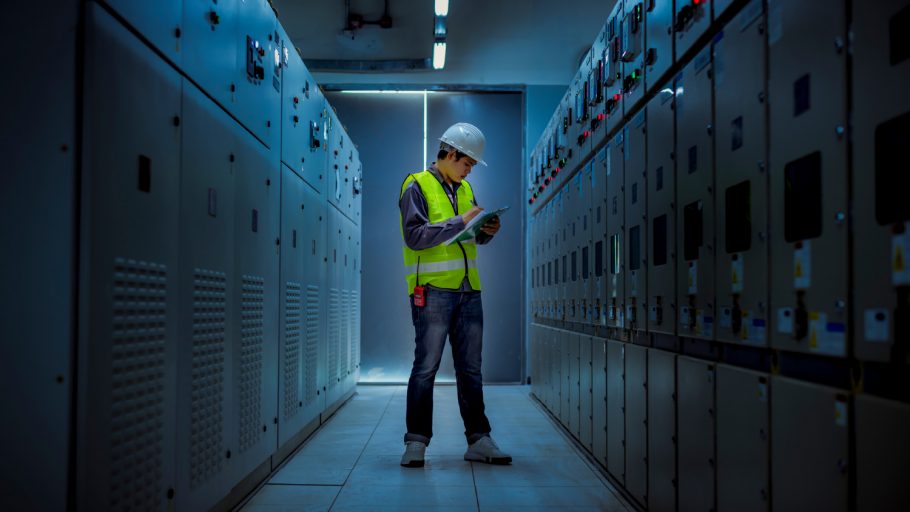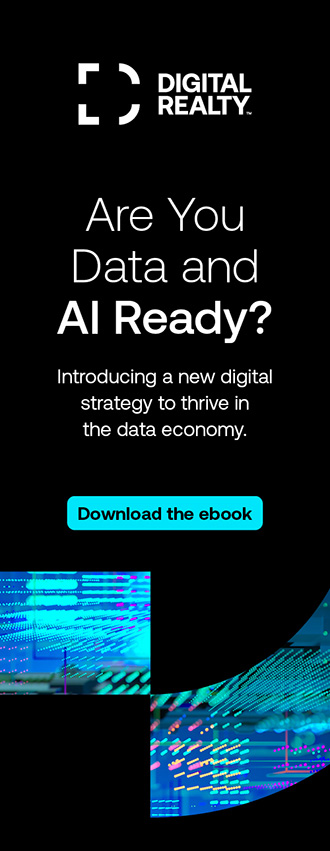Where the three Rs of grade school are reading, writing, and arithmetic, the two Rs of data centers are resiliency and redundancy. While resiliency and redundancy are integrally related in the industry, they are fundamentally separate concepts. Resiliency represents the goal of recovering quickly and smoothly from a system failure, while redundancy is a method for achieving resiliency by having a backup on-hand for failures. With the advent of complex cloud network routing algorithms in recent years, facility resiliency has been advancing at a rapid pace. However, new technology breakthroughs are now also driving revolutionary thinking in site redundancy, which results in innovative new approaches to ensuring those two Rs.
The Redundancy Power Surge
A decade ago, email and social media were considered nice-to-haves, but now they power our work and our lives. With our growing addiction to online services anything you do on your phone or tablet is powered by a data center the need for availability and uptime is increasing.
Consequently, data center managers are buying more backup power systems. Year after year, the Uptime Institute reports that around half of data centers have recently increased their power redundancy. The number of data centers implementing N+2 power redundancy has doubled since 2018. And it’s no wonder. Facility operators are beholden to Service Level Agreements that guarantee a specific percentage of uptime. If they fail to meet this contractual uptime, they must remunerate customers. Downtime becomes very expensive.

Increasing Redundancy
Thanks to copious investment by deep-pocketed hyperscalers during the last few years, exciting developments are happening in the world of redundant power systems.
In focusing on storing power over generating it, hydrogen fuel cells and lithium batteries offer support for predictable, measured standby power that can fuel a facility in the event of grid power loss.
Mircogrids are another much more experimental approach to avoiding reliance on utility power. In this design, a data center provider either severs their connection to the utility grid or only uses it as a secondary power source to a combination of several other forms of power generation, like wind, solar, battery, hydrogen, or even nuclear.


